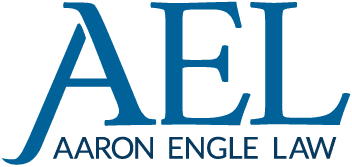
How is traffic congestion a contributing factor in many crashes?
According to Geotab, there are four primary causes of traffic congestion:
- Environmental: Weather has a major impact on highway traffic. For example, traffic can slow down significantly during conditions of heavy rain, snow, fog, and ice. According to the U.S. Department of Transportation (DOT), environmental conditions cause about 15 percent of all traffic congestion. In addition, a study by Dr. Jean Andrey and Daniel Unrau found that crashes increase by about 50 percent during rainy and snowy conditions.
- Mechanical: Sudden mechanical failures can include a car breaking down or a part of a large commercial truck becoming detached on the highway. When using a highway with multiple lanes, getting off the road immediately can be difficult. In addition, detached vehicle parts, like a wheel, significantly increase the risk of a crash.
- Human: Human error often contributes to traffic congestion. Geotab refers to this as “phantom traffic jams.” This occurs when a driver slows down or brakes on the highway, causing a ripple effect that can back up traffic for hours (depending on the conditions). This also creates the risk of rear-end collisions and pileups. Other human error causes include crashes related to distraction, drowsy driving, drunk driving, and reckless driving. A single crash can back up traffic for hours, especially when police and emergency crews are involved.
- Infrastructure: Construction sites, potholes, and other roadway defects can temporarily slow down traffic but outdated infrastructure often causes prolonged traffic problems. For example, bottlenecks (where multi-lanes merge into one) account for roughly 40 percent of all traffic congestion.
What are the common dangers of traffic congestion?
Traffic congestion isn’t a leading factor in Seattle crashes. Instead, it’s the way drivers handle traffic congestion and the actions they take. For example, drivers who weave in and out of traffic and cut off other motorists often cause lane-departure crashes.
Road rage commonly happens during traffic congestion when drivers become impatient, because traffic isn’t moving fast enough, or angry when being cut off. This often results in violent confrontations and drivers intentionally ramming other vehicles or running other motorists off the road.
Crashes during traffic congestion can be prevented only when drivers give themselves more time to reach their destination, stay attentive, and stay alert. If you or a loved one was hurt in a crash while commuting in heavy traffic congestion, you should consult an experienced Seattle car accident attorney as soon as possible.
For decades, the attorneys at Aaron Engle Law have successfully advocated for injured motorists and helped them maximize their compensation. To find out how we can help you, contact us online today and schedule your free consultation.
